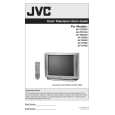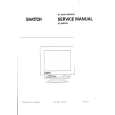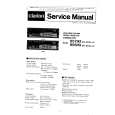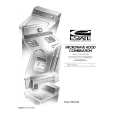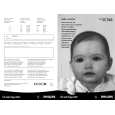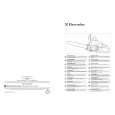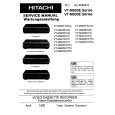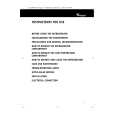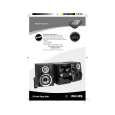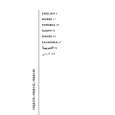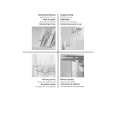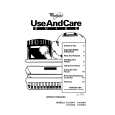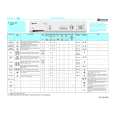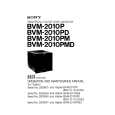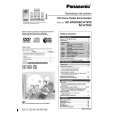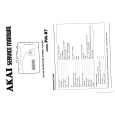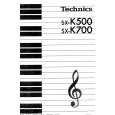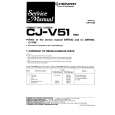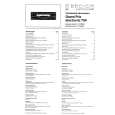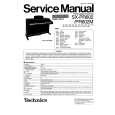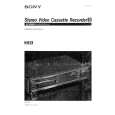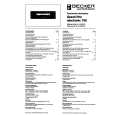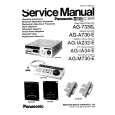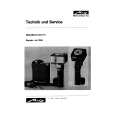|
|
|
Kategorie
|
|
Informacje
|
|
Polecamy
|
|
|
 |
|
|
Dla tego produktu nie napisano jeszcze recenzji!
Introduction to wine
Storing wine As is well known, wine will keep for a long time; if kept in a suitable place white wines will keep for about two years from the date of harvest, but should be drunk within a year. Light wines can instead be kept for up to two years, while some full-bodied red wines can keep for ten years and raisin wines even twenty years. When you buy a bottle of wine put it in the cellar or another suitable place immediately. Three factors are vital in the process which starts from the cultivation of the grape, through to ripening, harvesting and wine making: light, air humidity and room temperature. If the taste of the wine is to reach full maturity while maintaining the wine�s aroma, it must be stored perfectly by the interaction of these three factors. Storage space Not everyone has an underground storage space which can be used as a cellar. Just recently technology has managed to supply a valid substitute for the classic wine cellar. The Wine Cellar which you have purchased is a special appliance designed to contain and store wines correctly. In fact it should not be used to store fruit, vegetables and tins but only your favourite bottles of wine. So, without having a cellar area, every type of wine can be correctly stored, matured and enjoyed. Storage rules A vital rule for keeping your favourite bottles is that they should be placed on their sides or inclined so that the wine bathes the cork. Many people think that this causes the well-known �cork� smell. In reality contact between the wine and the cork helps the elasticity of the cork so guaranteeing its effectiveness. Being able to take the bottles easily for use avoids accidental shaking which, like vibration, could cause the sediments to suspend again, so altering the appearance of the wine over time. Move your bottles as little as possible and let the wine rest. Also avoid letting the bottles come into contact with the bottom wall because this would not only affect efficient defrosting but could ruin the bottle labels because of the drops of water collected during defrosting. The shelves on which the bottles are placed must be of wood, which efficiently absorbs any vibrations and keeps the bottle away from the wall which transmits the cold. The bottles of wine must also be kept away from substances or places which have a strong smell because this could easily be transmitted to the wine. The temperature The temperature represents a critical factor which is important throughout the wine�s life cycle. It determines wine�s good development while it remains in the bottle to mature. For best storage the temperature must be kept constant in an interval between 8 and 12°C. Rapid and wide changes of temperature must be avoided: too high a temperature dilates the liquids and speeds up the wine maturing, while too low a temperature (below 4 � 5°C) could cause the precipitation of tartrates, which could affect the wine�s appearance. In the extreme case in which the temperature drops below 0°C, the wine may freeze and cause the cork to be expelled. The cork The cork is a fundamental component of a bottle of wine: its quality, chosen by the wine producer, is very important for the maturation of the wine itself. The perfect condition of the cork, in the bottles which we buy, depends exclusively on the standards of use and storage used by the producer or bottler.
6
|
|
 |
> |
|
